The Science Behind Activated Carbon Filtration
In practical terms, this translates to removing chlorine’s harsh bite, masking unpleasant tastes, and stripping out volatile organic compounds before they reach our faucets or lungs [1]. Yet it’s not magic—it’s physics and chemistry at work. I remember being surprised the first time I learned that the same media in my kitchen pitcher is also used in industrial scrubbers to neutralize toxic gases in factories. The principle remains consistent across scales: let contaminated fluid dwell long enough inside that carbon-packed chamber, and nearly every harmful molecule you care about will stick.
Of course, activated carbon isn’t a catch-all. It won’t soften hard water or remove dissolved salts and metals with the vigor of a reverse osmosis membrane. Eventually its pores fill up, performance dips, and we have to swap or regenerate the media. But until that point, it’s one of the most cost-effective, adaptable, and straightforward filtration methods around, from modest home setups to respirator masks that protect first responders on smoky days.
The Everyday Magic: Carbon Filters in Water and Air Purification
Have you ever noticed how turning on your faucet can instantly smell like a clinic if your water is heavily chlorinated? Carbon filters banish that chemical tang, delivering a glass of water that tastes almost spring-fresh right from the tap. They accomplish this by beckoning chlorine molecules and VOCs into those countless pores, capturing them long before they reach your lips [1]. Granular activated carbon (GAC) filters let water flow quickly, while carbon blocks slow the pace to catch even finer particles. Either way, the result is clear, odorless water that simply feels better to drink.
Air purification relies on the same strategy. In homes and workplaces, carbon filters sit behind pre-filters that catch dust, then scrub volatile compounds like formaldehyde or cooking odors. I was amazed when a small tabletop purifier cleared the lingering grease smell after a stir-fry marathon in minutes—something a standard HEPA filter alone couldn’t achieve. Industrial applications crank this up further, using massive carbon beds to treat solvent fumes or exhaust gases.
If you’re ready to upgrade your home’s baseline air quality or dive into a new under-sink solution, our under-sink kitchen filter guide shows how easily a compact system transforms tap water into something you’d swear came from a natural spring. And for those craving wall-to-wall protection, exploring whole-house water purification reveals options that preserve clean water at every outlet.

Types of Activated Carbon Filter Designs
Picking the perfect carbon filter can feel like solving a puzzle of flow rates, pore sizes, and maintenance cycles. Granular activated carbon (GAC) filters are packed with lightweight charcoal granules that create a high-flow environment, ideal when you want a rapid pour. These tend to cost less up front, but they also reach saturation sooner, requiring more frequent cartridge swaps [1]. On the flip side, carbon block filters compress the media into a dense, solid unit. Water flows more slowly, but the contact time skyrockets, adsorbing chlorine, industrial solvents, and even some microplastics with remarkable consistency [5].
Here’s a simple comparison table to help you weigh the options:
| Feature | Granular Activated Carbon (GAC) | Carbon Block |
|---|---|---|
| Flow Rate | High (fast water delivery) | Moderate (slightly slower) |
| Adsorption Efficiency | Good for general contaminants | Superior for fine particles and VOCs |
| Maintenance Frequency | Every 3–6 months | Every 6–12 months |
| Cost | Lower upfront | Higher upfront, longer lifespan |
Choosing comes down to your priorities: speed, depth of purification, or cartridge lifespan. Both types harness that astonishing 3,000 m² per gram of carbon surface area to trap contaminants—so it really boils down to how much time you’ll give water or air to linger inside.

Maintenance and Care for Your Carbon Filter
Keeping a carbon filter performing at its peak requires just a handful of simple steps—and a bit of calendar discipline. Most activated carbon cartridges need changing every 6–12 months, depending on usage and water quality. Ignore this, and you’ll notice a gradual return of that chemical tang or a dull taste that suggests your filter is exhausted [1]. I found it helpful to mark replacement dates on my phone, turning a chore into a quick tap rather than a guesswork scramble.
Before swapping cartridges, flush the system with plain water to clear out loose carbon dust. If your setup includes a sediment pre-filter, check it every few months to prevent larger particles from blocking the carbon bed—this simple rinse can extend the life of your main filter and stabilize flow rates [2]. When you store backup cartridges, keep them in a cool, dry spot away from sunlight; heat and UV exposure can degrade activated carbon’s delicate pore structure.
Despite its seemingly low maintenance, carbon media can harbor bacteria if left in stagnant water for too long. Flushing systems regularly, changing filters promptly, and following manufacturer guidelines will ensure every sip remains crisp, bright, and free from unwanted flavors.
Under-Sink vs Whole-House Carbon Filtration Systems
Deciding between a targeted under-sink system and a comprehensive whole-house installation hinges on your household needs. Under-sink units focus purification where you drink and cook, offering a do-it-yourself install that typically costs between $100 and $300. They’re compact, tucked away beneath the counter, and cartridges swap out in minutes. Ideal for renters or anyone wanting a modest footprint, these systems ensure clean water for a glass, a pot of pasta, or a morning coffee without rewiring your entire plumbing.
Whole-house systems, by contrast, connect at the main water line, treating every faucet and showerhead in your home. The upfront investment—often $800 to $2,500—reflects larger carbon beds, tougher filters, and sometimes professional installation fees. Yet the payoff is broader: softer skin, brighter laundry, and reduced pipe corrosion as chlorine and harsh chemicals are stripped at the source whole-house water purification. Families report cutting soap and detergent use by nearly a third, thanks to milder water that lathers more easily and rinses cleaner.
Whether you opt for a streamlined under-sink solution or embrace the all-out coverage of a home-wide system, activated carbon remains the workhorse behind the scenes, adsorbing chlorine, VOCs, and unwanted tastes in every drop.
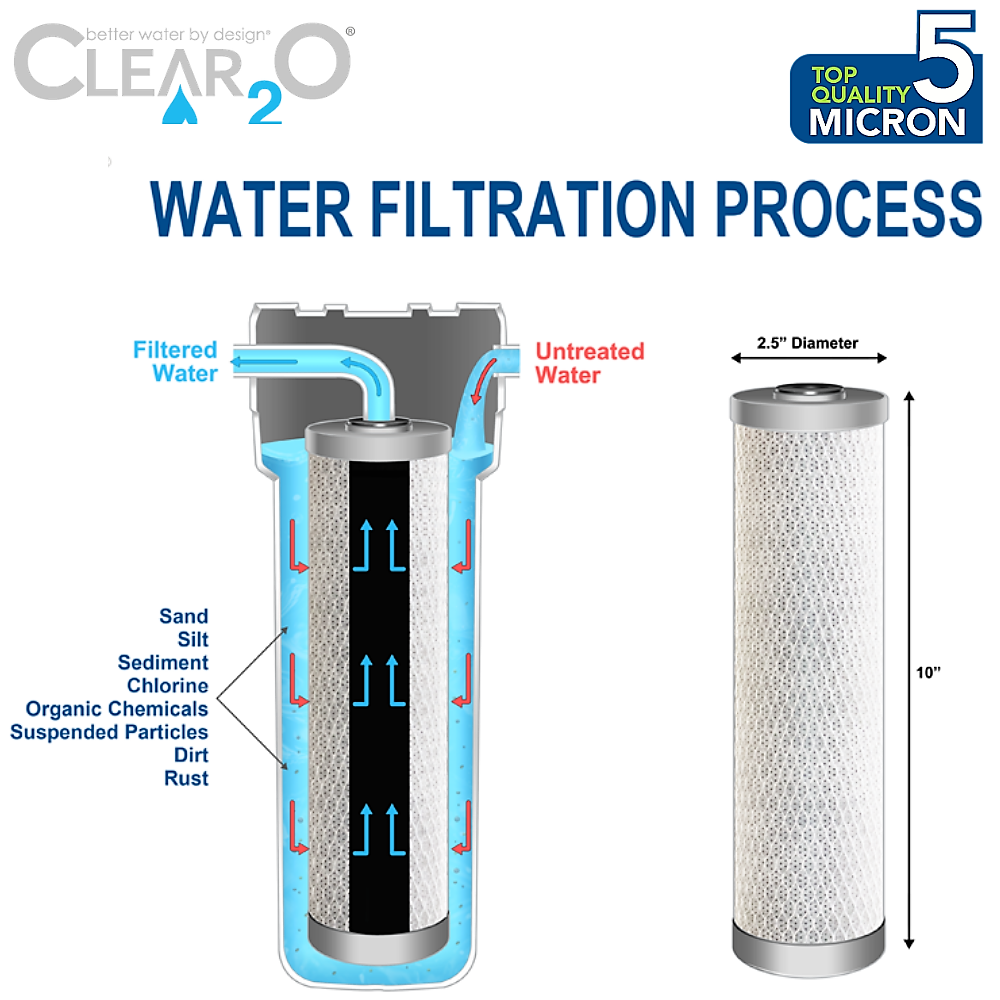
Environmental Impact of Activated Carbon Filters
Activated carbon filters deliver immediate health benefits, but their production and disposal carry environmental costs. Manufacturing media involves heating organic feedstocks—like coconut shells or coal—at high temperatures to create those microscopic pores. This energy-intensive process can generate significant CO₂ before the carbon even reaches a filter housing [5]. Once spent, disposed cartridges can leach trapped toxins and heavy metals in landfills unless recycled or reactivated, and regeneration itself demands steam or chemicals, adding further resource use.
For large-scale CO₂ removal, direct air capture projects like those at Climeworks harness similar adsorption principles but on a grand scale. They pull carbon dioxide straight from ambient air, yet face their own carbon footprint challenges—intense energy demands, water use, and infrastructure impacts on land [3], [4]. Back home, adopting modular filters, local reactivation programs, and choosing sources with lower embedded emissions can mitigate these concerns and close the loop on activated carbon’s lifecycle.
Emerging Technologies and Materials in Carbon Filtration
Researchers are pushing beyond traditional carbon, experimenting with biochar from agricultural waste and cutting-edge graphene membranes. Biochar transforms coffee husks, wood chips, or rice straw into porous media rivaling conventional activated carbon—all with a smaller carbon footprint and renewable origin [1]. This eco-friendly route not only reuses biomass that would otherwise decompose and emit methane, but also offers rural communities a low-cost filtration solution.
Graphene oxide membranes present another frontier: imagine a filter so thin it’s nearly transparent, yet with sub-nanometer pores that catch heavy metals and even viruses. Scaling up production remains an obstacle—energy use and manufacturing complexity can offset some gains—but pilot plants are already touting contaminant removal rates above 99% [3]. These innovations hint at a future where filters are lighter, more efficient, and kinder to the planet.
Comparing Carbon Filtration with Other Purification Methods
Activated carbon excels at removing taste, odor, and many organic compounds, but it can’t tackle dissolved salts or kill microbes. Reverse osmosis systems force water through semi-permeable membranes, eliminating 95–99% of dissolved solids, heavy metals, and nitrates, but at the cost of up to three gallons of wastewater for every gallon purified and stripping beneficial minerals along the way reverse osmosis guide. Ultraviolet purification zaps bacteria and viruses without chemicals, yet leaves dissolved pollutants untouched. That’s why many households pair carbon with RO or UV, creating hybrid setups that blend strengths—think carbon pre-filters, UV chambers, then RO membranes, delivering water that’s free of chlorine, germs, and mineral contaminants all-in-one combos.
Each method brings trade-offs: carbon for taste and safety from organics, RO for demineralization, UV for germ kill. Matching your primary concerns—be it flavor, microbial safety, or desalination—ensures you invest in the right system rather than chasing a mythical “perfect” filter.
Balancing Cost and Effectiveness of Carbon Filters
Whether you’re eyeing a $20 filter pitcher or a $1,000 whole-house unit, pricing often reflects media quality, pore structure, and build materials. Entry-level pitchers strip basic chlorine and odors but rely on generic granular carbon, whereas mid-range under-sink carbon block units cost more up front yet last twice as long and handle volatile organics more reliably [1]. Industry data shows that compressed carbon blocks maintain adsorption capacity up to 40% longer than GAC cartridges, making them a cost-effective choice over several years [5].
At the climate-tech end, direct air capture using specialized sorbents can run $600 or more per ton of CO₂ removed, underscoring how scale and purpose drive price points [3]. For homes, I struck a balance with a mid-range under-sink block filter—higher upfront cost, yet fewer replacements and a noticeably cleaner taste over time.
If budget is tight, aim for a reputable mid-tier carbon block. And if you want full coverage, our whole-house carbon filtration installation guide walks you through sizing, media choices, and maintenance schedules to align cost and performance seamlessly.
Summary and Final Thoughts on Carbon Filters
Activated carbon filters remain a cornerstone of water and air purification because their adsorptive prowess is both elegant and effective. A single gram of media can offer thousands of square meters of surface area to trap chlorine, VOCs, and taste-ruining compounds, transforming murky tap water into something you’d happily sip all day [2], [5], [1].
At the end of the day, nothing beats the simple satisfaction of turning on a tap or air purifier that you know is doing its job—quietly, reliably, and without fuss. And that, in my book, is the true magic of activated carbon.
“`html
Complete Top Picks Comparison – 23 Products
| Product | Source | Price | Rating | Image | Buy |
|---|---|---|---|---|---|
| AIRROMI Air Purifiers for Bedroom Home,Up to 658 Ft²,Activated Carbon Filter Cleaner,With Fragrance Sponge for Better Sleep,Night Light,Pet Dander,Allergies,Smoke,Odor,Desktop Air Cleaner A2002 Black | Amazon | $29.99 | ★★★★☆ |  | Buy on Amazon |
| Jafända Air Purifiers for Home Large Room Up To 1190ft², True HEPA 13 Filter, Activated Carbon Remove 99.97% Dust Smoke Odor Pollen Pets Hair Dander Allergies, Quiet Sleep Mode 23dB, Night Light | Amazon | $89.99 | ★★★★☆ |  | Buy on Amazon |
| Air Purifiers for Bedroom Home, MOOKA HEPA Air Purifier for Home Pets with Fragrance Sponge for Smoke Dust Pollen Dander Odor, Small Air Cleaner with Sleep Mode Night Light Timer, KJ067L, White | Amazon | $35.97 | ★★★★☆ |  | Buy on Amazon |
| LEVOIT Air Purifiers for Home Large Room Up to 1878 Ft² with Washable Pre-Filter, AHAM VERIFIDE, Air Quality Monitor, HEPA Sleep Mode for Allergies, Pet Hair in Bedroom, Vital 200S-P, White | Amazon | $189.99 | ★★★★★ |  | Buy on Amazon |
| LEVOIT Air Purifiers for Bedroom Home, 3-in-1 Filter Cleaner with Fragrance Sponge for Better Sleep, Filters Smoke, Allergies, Pet Dander, Odor, Dust, Office, Desktop, Portable, Core Mini-P, White | Amazon | $49.99 | ★★★★☆ |  | Buy on Amazon |
| WINIX 5510 Air Purifier (New Generation of 5500-2) for Home Large Room Up to 1881 Ft² in 1 Hr, True HEPA, High Deodorization Carbon Filter and Auto Mode, Captures Pet Allergies, Smoke, Dust. | Amazon | $179.99 | ★★★★☆ |  | Buy on Amazon |
| LEVOIT Air Purifier for Pets, Home, Large Rooms, and Bedrooms, HEPA Sleep Mode, AHAM VERIFIDE, Efficient Filter for Pet Dander, Odors, Captures Smoke, Dust, Mold, Pollen, Pet Lock, Core P350-P, Grey | Amazon | $129.99 | ★★★★★ |  | Buy on Amazon |
| Coway Airmega AP-1512HH(W) True HEPA Purifier with Air Quality Monitoring, Auto, Timer, Filter Indicator, and Eco Mode, 16.8 x 18.3 x 9.7, White | Amazon | $236.26 | ★★★★☆ |  | Buy on Amazon |
| LEVOIT Air Purifier for Home Large Room Up to 1074Ft² with Air Quality Monitor, AHAM VERIFIDE, Smart WiFi, Washable Pre-Filter, HEPA Sleep Mode for Pets, Allergies, Dust, Pollen, Vital 100S-P, White | Amazon | $139.99 | ★★★★★ |  | Buy on Amazon |
| MOOKA Air Purifiers for Home Large Room up to 1076 ft², H13 True HEPA Air Filter Cleaner, Odor Eliminator, Remove Smoke Dust Pollen Pet Dander, Night Light(Available for California) | Amazon | $61.09 | ★★★★☆ |  | Buy on Amazon |
| Air purifier household suction cat hair floating hair removal odor odor removal allergen formaldehyde | AliExpress | $861.06 | N/A | 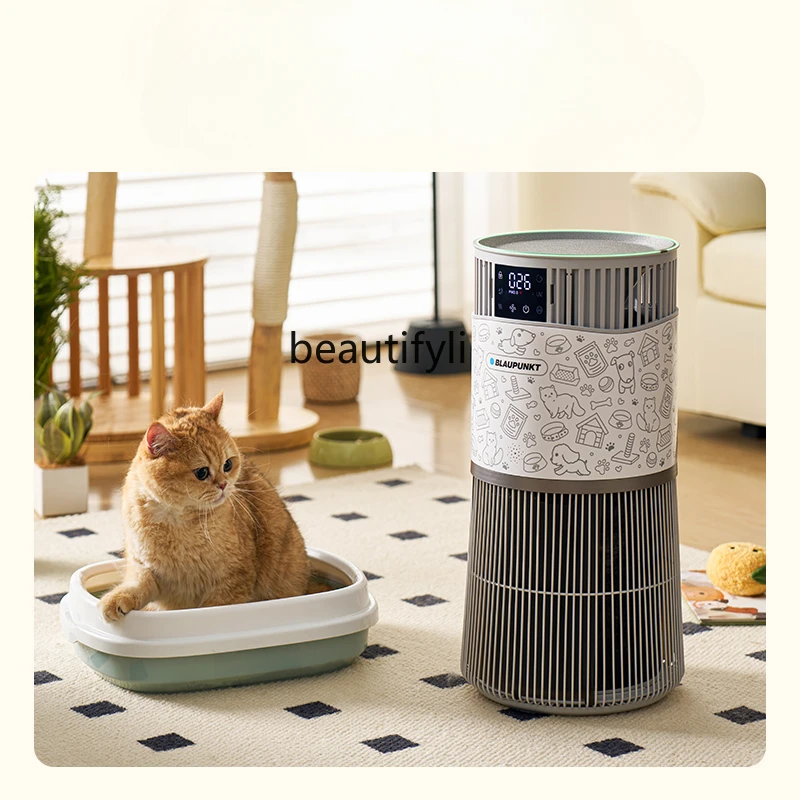 | Buy on AliExpress |
| TGBFABISSELLS air320 Smart Purifier with HEPA and Carbon Filters for Large Room Home,Quiet Bedroom Air Cleaner,Auto Mode,2768A | AliExpress | $240.76 | N/A |  | Buy on AliExpress |
| 3Pcs Air Purifier Replace HEPA & Carbon Filter Set AP1512HH Fit for AP-1512HH 1512 | AliExpress | $20.87 | N/A | 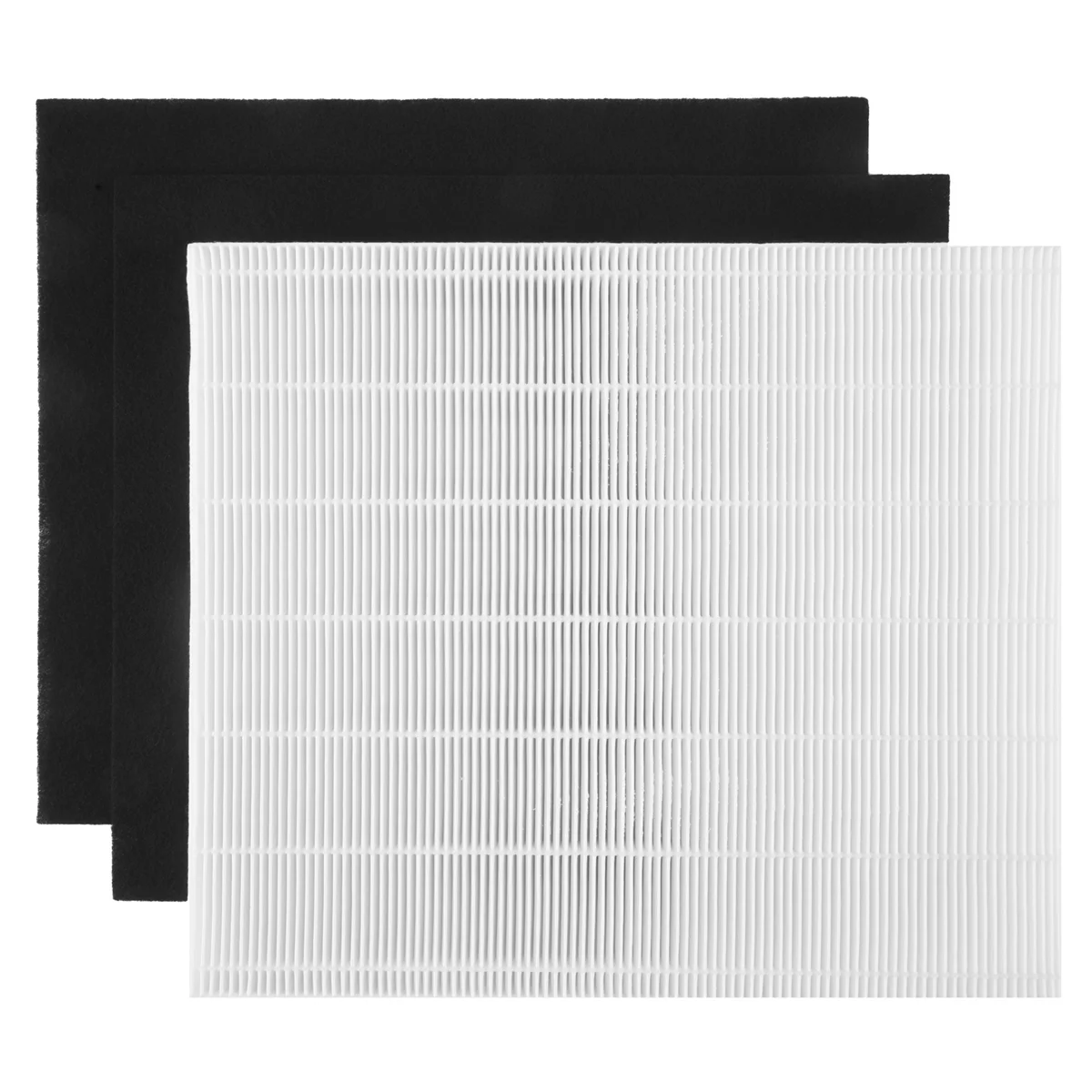 | Buy on AliExpress |
| 30000 Feet Namste Aroma Diffuser Perfume Home Fragrance 800ML Capacity Essential Oil Air Purifier Metal Body 14W Power HVAC | AliExpress | $104.04 | ★★★★★ |  | Buy on AliExpress |
| XD100 Portable CPAP Cleaner Ozone Sleep Ventilator Air Purifier Air Disinfection Anti Apnea Snoring Health Care Machine | AliExpress | $29.33 | ★★★★★ | 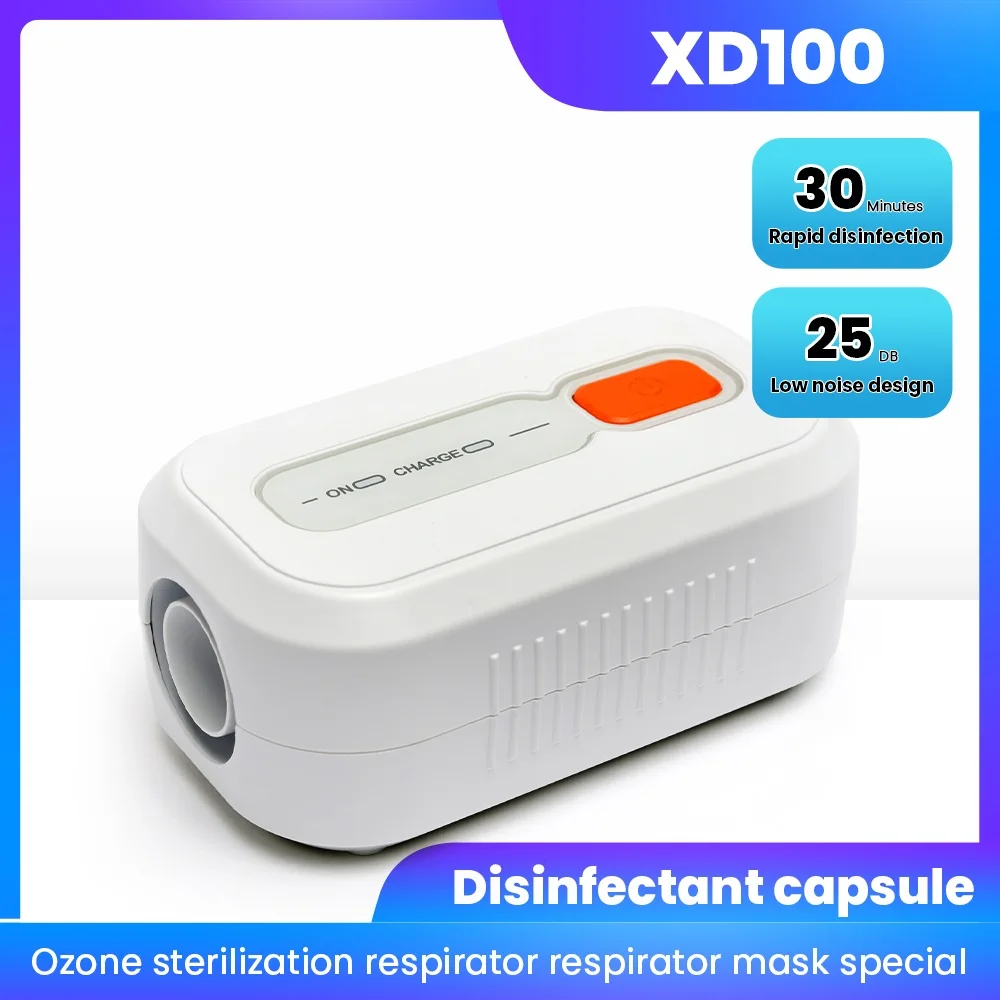 | Buy on AliExpress |
| 5V 12V 24V 5015 5cm 50*15mm turbo blower fan with circular outlet duct for humidifier purifier small fan High air volume | AliExpress | $8.75 | ★★★★☆ | 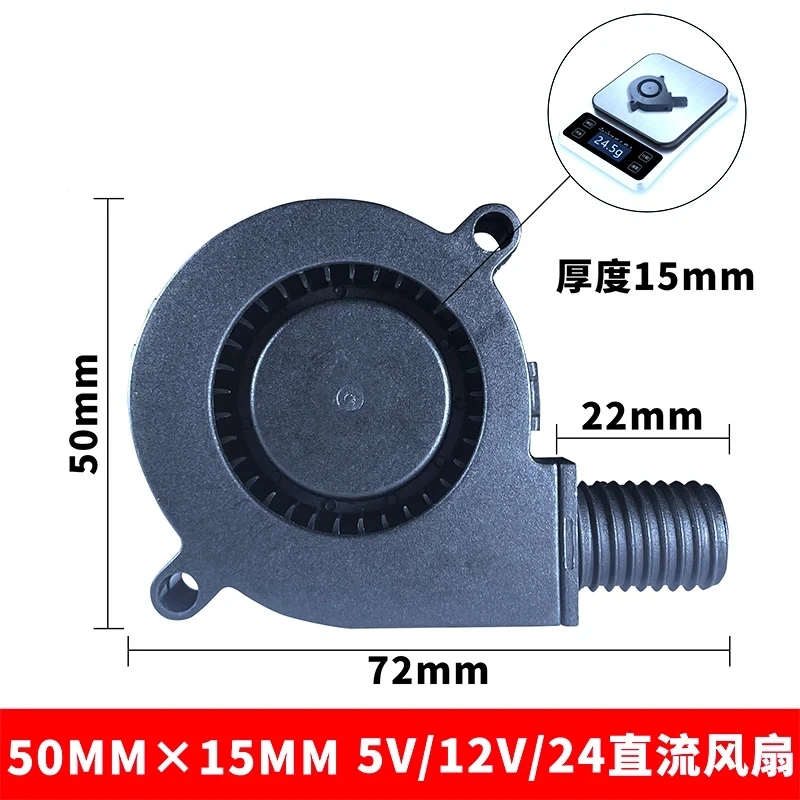 | Buy on AliExpress |
| A42F FY1700 Replacement Filter for Philips Series 1000i FY1700/30 HEPA Activated Carbon Filter Air Purifier Accessories | AliExpress | $24.13 | N/A |  | Buy on AliExpress |
| Vacuum Cleaner Filter Replacement FY0611 For Air Purifier FY0611 HEPA For AC0650 AC0651 Vacuum Cleaner Accessories | AliExpress | $25.35 | N/A |  | Buy on AliExpress |
| LICE-3Pcs Activated Carbon Filter Air Purifier Filter Replacement For Bambu Lab X1 X1C P1P P1S 3D Printer Parts | AliExpress | $10.69 | N/A |  | Buy on AliExpress |
| A7THK-3Pcs Activated Carbon Filter Air Purifier Filter Replacement For Bambu Lab X1 X1C P1P P1S 3D Printer Parts | AliExpress | $12.14 | N/A |  | Buy on AliExpress |
| Shark Never Change Air Purifier MAX, 5-Year HEPA Filter, 1200 Sq. ft. Charcoal🔷 | eBay | $169.99 | N/A |  | Buy on eBay |
| Home True HEPA Air Purifier Large Room Air Cleaner for Allergies Smoker Pet Dust | eBay | $97.99 | N/A |  | Buy on eBay |
| Whole Home Air Purifier Large Room Allergies Pets Dust Smoke Odor Air Cleaner | eBay | $29.99 | N/A |  | Buy on eBay |
“`

